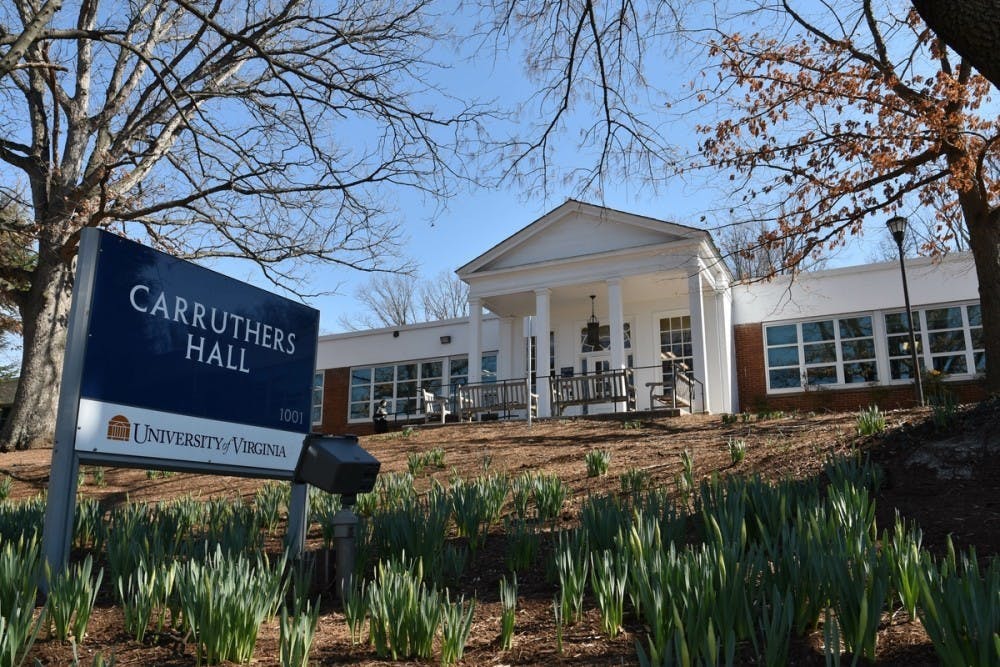In recent social mobility indexes compiled by U.S. News and World Report and CollegeNet, the University ranked in the bottom 15 percent of universities in the United States. This means that the University is not making itself easily accessible to students from all backgrounds, leaving student loans as the only options for lower income students — a common debt that haunts graduates for life. For wealthy students at the University, this ranking causes no concern — but it is disheartening to lower income and first-generation students that are working to better themselves and their future.
While the University ranks high in its quality of education, obstacles still often prevent low-income students from achieving the same success as richer students. It is clear that high tuition rates and lack of resources for first-generation and low-income students perpetuate this cycle of social immobility after graduation. The University must do more to set all of its students up for a better and brighter future.
The University was ranked 1,343 out of 1,458 schools on the CollegeNet index and 324 of 381 schools on the U.S. News and World Report rankings. These rankings highlight a major issue for the University that cannot be ignored. The University so often prides itself on being a prestigious university, but these rankings complicate that mantra — the prestige of the University must be questioned when its graduates are not succeeding in a way that helps them climb the tough socioeconomic ladder in this nation. University administration should look at these facts and make it a priority to improve these statistics to justify its academic prestige and, more importantly, put the interests of its students first.
One issue causing the low rate of mobility after leaving the University is the high cost of tuition, which increases almost every year. The current estimated price tag for in-state attendance is around $33,000 per year, while out-of-state students face an even more massive cost of around $67,000. Both of these costs are way above the national average, and they do not seem to be slowing down. In fact, over the past 19 years, tuition rates have raised over 380 percent at the University. And while the University may claim to meet all demonstrated financial need of students, this often does not take into account the circumstances in which parents are not assisting as much as the University believes they are able to.
The only other options for students after financial aid are public and private loans, which only contribute to the growing student debt crisis in America and automatically leaves graduates in an economically weaker position than before. Unless massive structural changes are made to the current higher education system, such as some presidential candidates like Elizabeth Warren, D-Mass., or Bernie Sanders, I-Vt., have suggested with their plans to cancel student debt, the current tuition prices at the University are forcing graduates into financial strain.
The University also must realize that it is failing first-generation and low-income students. While it may claim to carry a “universal dedication to excellence and affordable access,” the policy does not have the same effects for first-generation and low-income students as it has for wealthier students at the University after graduation. This means two things — the University is not providing adequate resources for these students and the high tuition rates of the University are not allowing students to flourish economically after graduation since they are held down by a massive amount of student loan debt. While the number of first-generation students at the University is increasing every year, just accepting more students is not enough. AccessUVA and other resources for first-generation and low-income students exist, but the University must always be reevaluating and looking to improve its resources for these students during their time at the University as well as after.
The University is an amazing academic institution, but it can only truly claim greatness if it advances students of all backgrounds after their time on Grounds. Working to stop tuition hikes — maybe even potentially lowering tuition — and expanding resources for first-generation and low-income students at the University is a perfect place to start. The University must make this issue of social mobility a top priority — when we raise up everyone at the University, we are all better off in the end.
Hunter Hess is an Opinion Columnist for The Cavalier Daily. He can be reached at opinion@cavalierdaily.com.
CORRECTION: A previous version of this article said that in-state tuition costs $33,000 and out-of-state tuition costs $67,000 for the 2019-2020 academic year. These numbers reflect the estimated cost of attendance. The article has been changed to reflect the correct language.







